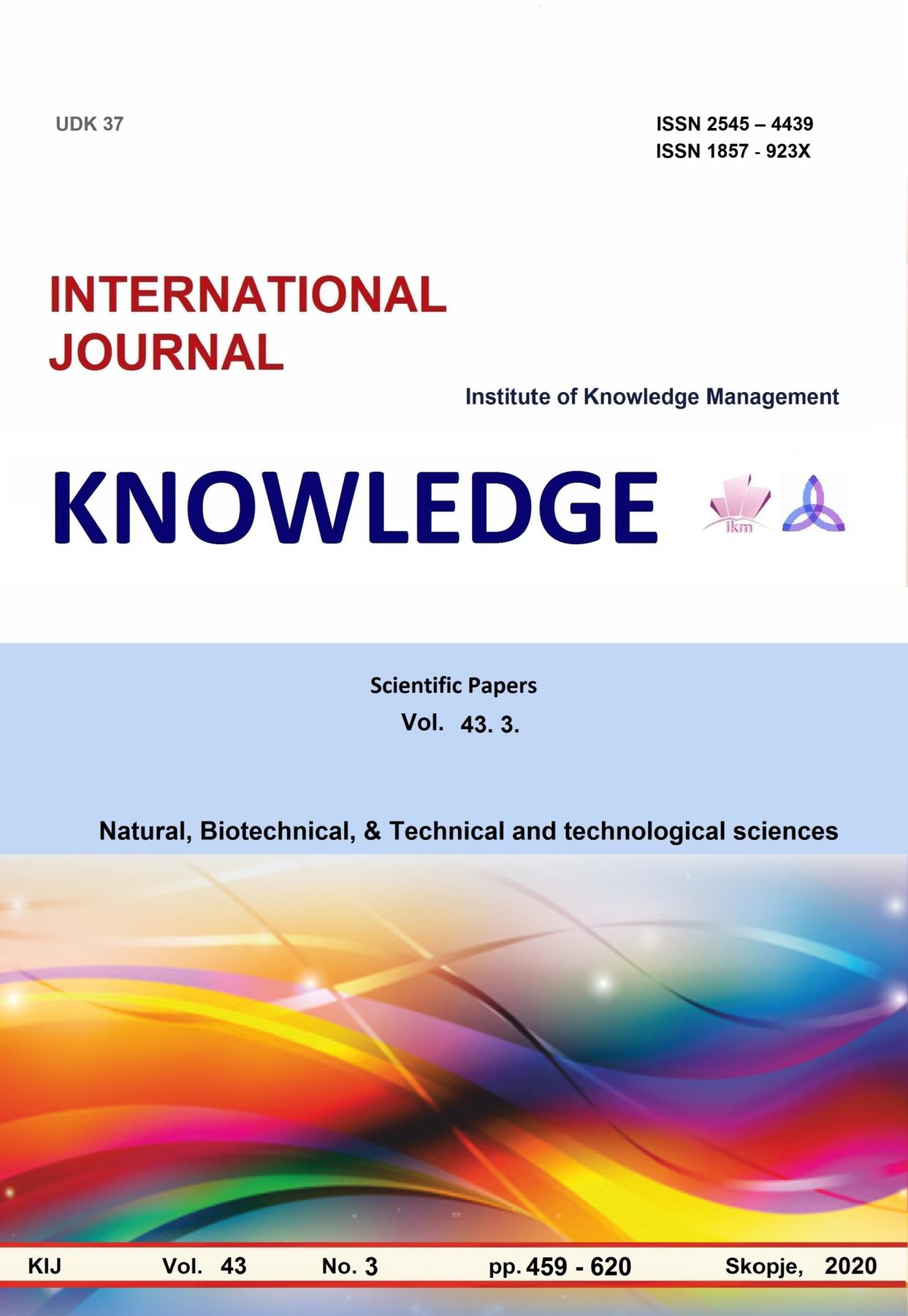EMERGENCY MANAGEMENT FROM INFECTIOUS DISEASES DURING AND AFTER VARIOUS NATURAL AND MAN-MADE DISASTERS
EMERGENCY MANAGEMENT FROM INFECTIOUS DISEASES DURING AND AFTER VARIOUS NATURAL AND MAN-MADE DISASTERS
Author(s): Milazim Shabani, Zamir Damani, Dritan TopiSubject(s): Social Sciences
Published by: Scientific Institute of Management and Knowledge
Keywords: diseases; natural disasters; emergencies; typhus; cholera; meningitis
Summary/Abstract: Natural or human-made disasters can create perfect conditions for the outbreak of infectious diseases transmitted through water, air, and other vector routes. In general, measles, diarrheal diseases, and respiratory infections are the etiologies responsible for most of the fatal deaths observed after natural disasters and complex emergencies. Conditions such as typhoid, cholera, and meningitis have been observed in post-catastrophic situations. Still, they have been more frequently identified in refugee camps in developing countries and war conflict areas. Impairment of regular and systematic control programs can lead to an increase in infectious diseases, especially in developing countries. Measures must be taken both before and after the disaster to prevent the spread of contagious diseases.Contamination of drinking water may associate the disruption of the functioning of the public hygienic water distribution system and the possibility of mixing clean water with sewage during disasters. In such conditions is an emergent intervention of governmental health bodies if there is a natural disaster or International humanitarian organizations if there is a conflict zone.
Journal: Knowledge - International Journal
- Issue Year: 43/2020
- Issue No: 3
- Page Range: 529-532
- Page Count: 4
- Language: English

